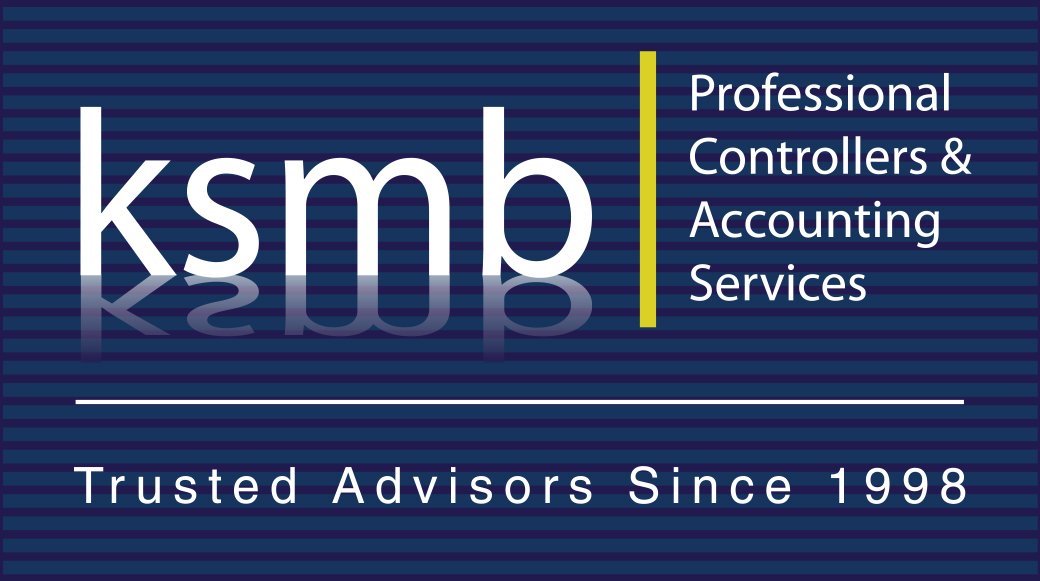NONPROFITS’ MANY ROADS TO REVENUE GENERATION
Article by Stanford Social Innovation Review
As the boundaries between business and charity become increasingly blurred, many nonprofits are considering how to pursue their mission through revenue-generating activities rather than relying on philanthropic contributions alone. This trend toward commercialization was sparked by dwindling governmental and donor support in the 1980s and ’90s, which created mounting pressure on nonprofits to diversify their funding sources. More recently, starting in the early 2000s, new types of resource providers emerged seeking to support nonprofits that generate financially—not just social—returns. By the early 2010s, even traditional charitable foundations began pursuing impact-investment strategies. Encouraged by these opportunities, nonprofit leaders increasingly see commercialization not as a necessary evil, but as a promising way to enhance and expand their social mission.
Integrating revenue-generating activities within a nonprofit’s existing organizational model is not simple. To be effective in the long term, any shift toward commercialization must be consistent with the organization’s social mission and use its core capabilities. Yet nonprofits often struggle to find new approaches that enhance—rather than distract from—the social mission. Moreover, commercialization initiatives stretch already limited resources and often require new skills and expertise beyond the capacity of the current team. How, then, can nonprofit leaders identify a viable commercialization strategy?
Based on more than a decade of research on nonprofit organizations and social-business hybrids, including 1,200 that filed applications with Enterprising Nonprofits (ENP), a major Canadian grantmaking body, we have identified three approaches for integrating revenue generation within an organization’s social mission.4 They are the customer model, in which integration occurs through who is served; the employee model, in which integration occurs through who is hired; and the product model, in which integration occurs through what is sold. To inform the decision making of nonprofit leaders considering their first—or next—move toward commercialization, we developed a framework outlining these alternatives and an associated set of decision criteria. The core premise of our framework is that there are multiple ways in which a nonprofit can integrate revenue-generating activities with its social mission, and leaders should choose the approach, or combination of approaches, that best fits their organization’s mission, resources, and capabilities.




